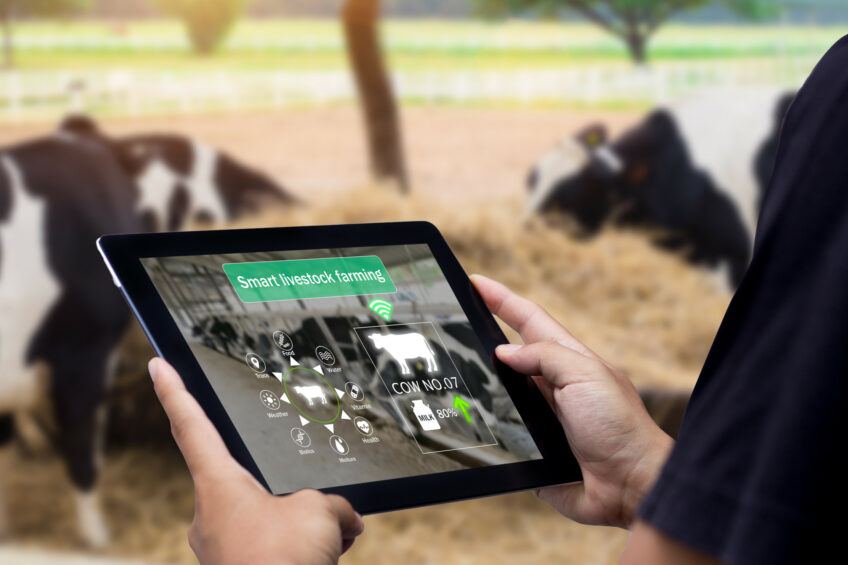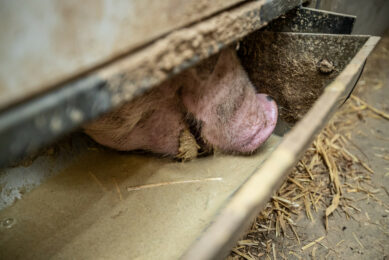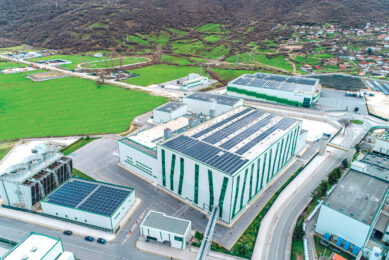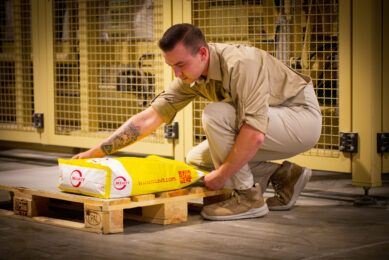Harnessing today’s technology for tomorrow’s animal welfare

As agriculture technology continues to evolve, we are learning and becoming more knowledgeable about how we can utilise it to better monitor and enhance animal welfare. This not only improves the lives of the animals, but it also gives farmers and workers more flexibility and freedom without sacrificing proper management.
SUSTAINABILITY & WELFARE SPECIAL 2024 – read all articles
Systems that gather data via animal movement or camera imaging lead to lower-stress, more efficient production and can be used to manage health, allowing both farmers and veterinarians to be more proactive in their respective roles. This enables earlier treatment or more accurate preventative measures to prevent a decline in health. It can also help identify pain points in stressors like inadequate handling practices or housing issues.
In dairy herds, the monitoring systems are constantly collecting animal data and can be easily utilised to make objective and informed decisions. Data collection has become important for managing animals and to better meet welfare objectives.
The potential of artificial intelligence-based methods to expand the abilities to measure and monitor animal welfare provides accuracy along with a continuous flow of objective data collection. Developing or adapting to these methods requires an understanding of veterinary medicine and computer science. As these systems are developed, collaborative efforts will continue with researchers, farmers, and innovators to improve the lives of food animals.
Measuring animal welfare
Animal welfare has many moving components that are continually evaluated. Though details differ from species to species, it is essential to measure the welfare aspects of caring and managing healthy animals regardless of species. This ranges from animal nutrition and disease prevention to housing and handling.
There are various ways that welfare can be assessed, both generally and specifically. But generally speaking, welfare is dictated by animal behaviour, overall health and physiological indicators.
This encompasses a large range of aspects, including easily observable and also subtle, sometimes silent clues given by the animal.
Today, farmers and managers have many options to ensure animals are healthy and handled properly every single day. Procedures are typically in place and employees are usually trained on procedures that ensure guidelines or expectations are followed. Although these exist, they are sometimes hard to enforce or physically observe on a daily basis and can be improved.
This is where modern technology shines. It can help provide extra information that supports welfare.
“Animal welfare is of increasing importance, with consumers preferring animal products made with ethical practices due to growing awareness,” state authors Linstädt, Thöne-Reineke, and Merle in a July 2024 systematic review published in Frontiers in Veterinary Science. “This shift highlights the need for reliable methods to evaluate welfare.”
Traditionally these methods have relied on conventional wisdom, education and routine assessments. These are valuable, and will continue to be so, but they fall short with their reliance on time, manual observation and skill.
Technology is a boon in that it can collect objective data about an animal’s health and behaviour at any point in time. They allow teams to track and observe trends and intervene earlier in health situations. And on the research side, it provides an abundance of data for researchers to learn from in applying better principles of farming.
Beyond ethical considerations, animal welfare is emerging as a critical factor in the food production industry. As consumer awareness grows regarding the treatment of animals, there’s a rising demand for ethically-sourced products. This shift has prompted livestock buyers and processors to invest in labelled or branded programmes that require farms to adhere to rigorous animal welfare standards. By leveraging technology, farmers and workers can streamline the process of conducting animal welfare assessments, ensuring compliance and enhancing overall animal well-being.
Continual monitoring
Adding monitoring through means of systems like pedometers, boluses, cameras and more have all provided solid evidence through data collection to either support change or support current practices.
There are several ways this can be achieved, including whole environment monitoring solutions. An example of this is Italian-based system Cynomys Agritech, which uses the Internet of Things to monitor the entire environmental atmosphere including humidity, ammonia, and temperature levels at any time among many other metrics. This allows farmers and managers to have objective data in real time to make decisions on animal care and management.
Other systems use a similar approach, but rely on camera or machine vision rather than sensors to track patterns and behaviours in animals and flag problems. Examples of these are systems that can detect lameness in dairy cattle and eating behaviours in feedlot animals. Cattle Care is one company that has even taken this science to the milking parlour to evaluate worker’s performance in practices like animal handling and teat dipping.
And of course, there are more individualistic approaches like pedometers, electronic ear tags and boluses that keep continual track of individual animals. The sophistication of these vary quite a bit ranging from simple daily movement to continually monitoring temperature and other health indicators.
What the future holds
As technology continues to evolve, animal welfare science is a frontrunner for significant advancements. Beyond the advancement of tools, with increased data availability and collections, researchers have more opportunities to learn about animal behaviour, physiology and overall well-being. However, it is crucial to maintain a focus on simplicity to ensure that data remains actionable and doesn’t become overwhelming for operators.
One promising area of exploration is the application of artificial intelligence (AI). By analysing data from similar operations, researchers can gain valuable insights into designing more efficient and humane facilities. This could lead to improved living conditions, reduced stress and, ultimately, better outcomes for animals.
By and large, the interdisciplinary nature of animal welfare science presents unique opportunities and challenges when integrating AI. Collaborations between experts from various fields, such as biology, psychology, and engineering, are essential for developing effective AI solutions tailored to animal agriculture.






